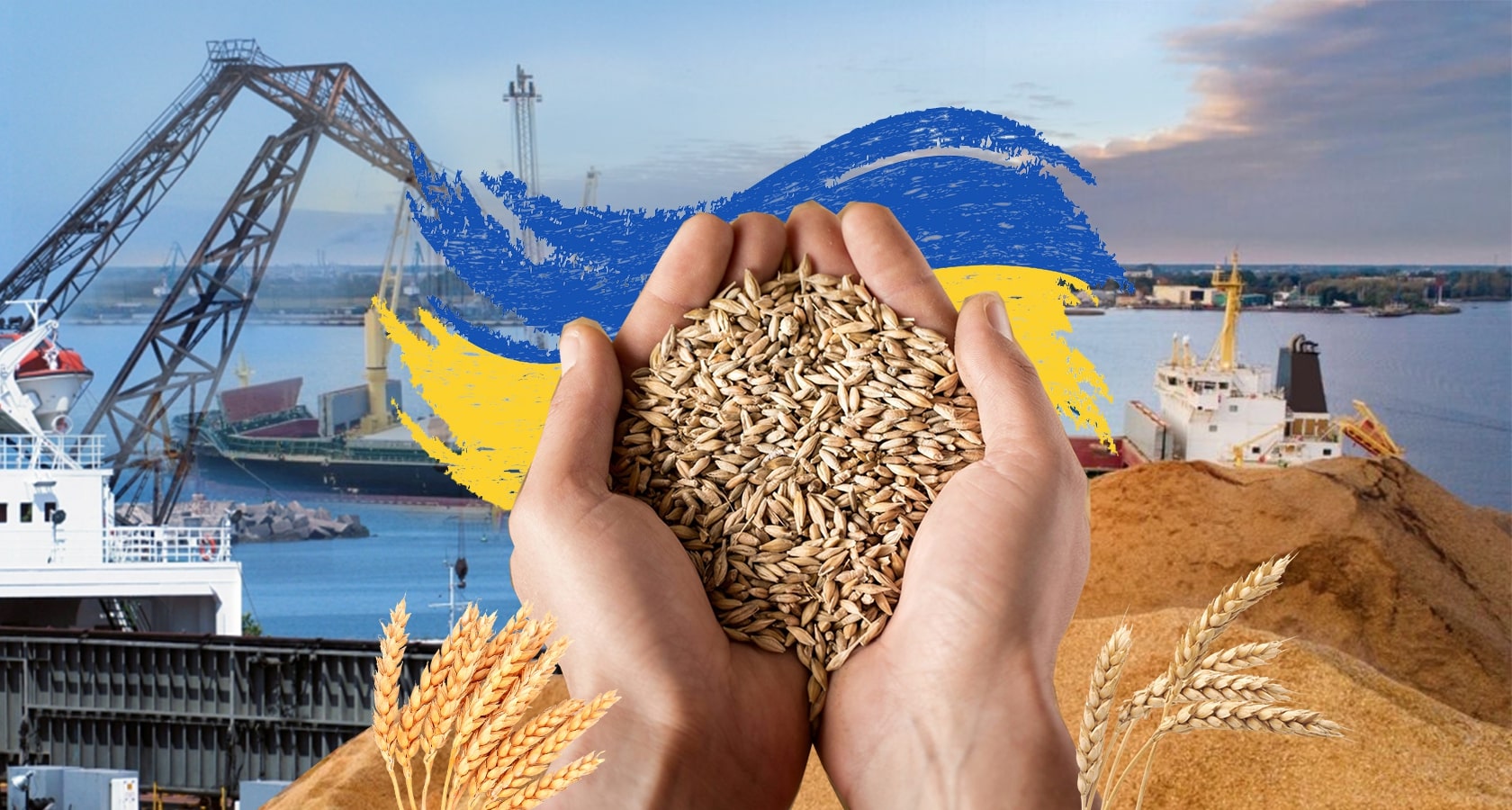Pessimism versus optimism in vegetable oil markets
17 October, 2023 at 11:10
Oilseed markets have traditionally been very volatile and will continue to be so. In 2022, price fluctuations in the vegetable oil markets were strongly influenced by the war in Ukraine. That time, vegetable oil prices were at a record high. However, the markets reacted quickly to the supply disruptions, adjusted, reoriented and prices fell.
The war continues to be important in price formation, but among the traditional factors, the harvest forecast is essential. For the oilseed market in 2023/24, the oilseed harvest is seen as a factor that will largely determine price behaviour.
According to the USDA (October), global oilseed supply is expected to increase in 2023/24 as a result of higher harvests:
- Soybeans – 399.5 M mt (+8% by 2022/23);
- Sunseed – 56.4 M mt (+8%).
Controversial impact of the October USDA report (short-term impact):
- for soybeans and soybean oil – supportive due to 1.1m tonnes reduction in crop forecast
- for the sunflower seeds and sunflower oil market – additional pressure due to the 0.6 M mt crop increase.
Forecast of the world vegetable oil record production.
In 2023/24 season, Ukrainian sunflower oil, which is trying not to lose its share on the global market, will continue to compete with russia, where the sunflower harvest and sunflower oil exports are expected to increase.
It is unlikely that Ukraine’s oilseed exports in the new season 2023\24 will reach the last season’s figures of 5.6 M mt, even with the increased harvest. The reason for this pessimistic forecast is the significantly low carry-over stocks of the 2023/24 season, compared to previous season.
Logistics remains the most important issue for Ukraine’s sunflower oil exports. The new grain corridor in Odesa is crucial for all agricultural exports, including sunflower oil exports.



